Dream big. Go for your goals, make a dent in the universe. If your ambitions aren’t as big Steve Jobs' or Elon Musk's, then you didn’t dream big enough. I’ve read this and I’ve heard this, and I’ve thought this too.
Too much emphasis is put on dreaming big. But dreams are not measured in scale. They can only be measured by how deep they fulfill you.
It’s okay to dream a little dream. Because even little dreams reach far.
When I was younger, I found myself living in Prague, mostly out of a backpack, seeing the world. When you are young and living out of a backpack in Europe, chances are pretty good you will find other wanderers who also left a life less ordinary. We tend to find each other, often on the same path, often at crossroads.

A small group of us gathered every week at a cafe near Vinohrady. There were no internet groups, no gps coordinates, no apps to find each other. It was a shared spirit that brought together the dreams of linguists, travelers, poets, painters and prophets permeating the room. Chitter chatter flew across glasses of wine and over tables, echoing like notes that became a song, a song celebrating the immortality of youth. The next great novel, the next great painting, the next great plan became one great melody of dreams.
And who wants to live in a world uncomposed of dreams? If we look around us, we see that we don’t.
We live in the melody of dreams.
While some sing only the note, others may carry a tune. My French friend, Julien, was carrying the tune in that smoky Prague cafe. Each time we all met over a glass of wine, Julien would repeat incessantly how he wanted to start his own restaurant, how he wanted to be a chef. His voice was one among many, as we all were carrying a verse. Julien's particular passion was cooking and serving others. He, like all of us, had only recently arrived, and none of us had the kinds of resources to just go out and pay for a building, hire a staff, and acquire clientele.
Starting a restaurant in Prague, living on teaching salaries, and having no experience is just too big of a task for such a kid.
Better to just sing the tune, talk about all the great things we would some day do, have another glass of wine, and keep the dream where it can never be destroyed or fail - inside our own minds.
Big dreams take big resources and big dreams can have dangerous consequences.
Julien rented a little square room only one mile from the cafe and started telling his friends he was opening a restaurant. There was only room for two people to dine at a time. And there was barely any room for him to prepare the food. He had no waitstaff, no kitchen, no brick oven to throw the pizzas, no dishwasher, no sign on the door, no advertisement, and not even a name on the doorbell.
What Julien did was invite his friends over to the room he rented, sat them at a table, and cooked them food. They ate magnificent food, cooked by a French chef, paid him for the experience, and then made room for the next guests.
Julien had, indeed, started a restaurant.
Naturally, word spread amongst the friends, and we all cheered it forward in our own way, booking times to take our dates to this little room in Prague, where an enthusiastic chef cooked us dinner. The idea caught on, and he continued to make that dream come true. No matter the scale, no matter the resources, he did what he was here to do.
Who better will appreciate that, than your friends? Although the ingenuity was was to be a secret restaurant that only the select few would know about, we all were sure Julien would be much happier serving hundreds of people as a master chef in a large restaurant, perhaps that he owned.
I never completely lost touch with Julien, but we each continued to carry the tune that started from a few notes in that cafe. It was that same cafe where I was drawing in my sketchbook, and someone was looking over my shoulder at my work. That chance meeting led me to work on my first movie, a quite big one, and changed my life forever.
It was the little dream of traveling Europe and doing the things I loved that led me to that same spot where the song seemed to begin. But that’s another story.
This story is about a French chef with a simple room. It’s a story about not needing a 5 star Michellin review to own the greatest restaurant in the world. All you need is a simple room, a simple food, and the warmth of guests, who can even be your friends. And most importantly, it’s about the desire to serve them your food. The last I heard, Julien moved back to France and started his own restaurants. He is now one of the greatest chefs in Lyon. (http://www.hemingways.fr)
Conclusion
So maybe you hear the melody of dreams, maybe you even sang a note. But in order to carry the tune, you will dismiss the dirt and difficulty it takes to turn it into a song. The vision is just too clear. The job that doesn’t count, or the traffic that takes up your day can never be brighter than that lighthouse summoning you across difficult waters.
When I think about my own big dreams and how they don’t quite seem to become real, I think back to Just A Room, and how a restaurant can be just a table, some food, and a group of friends. You don’t need to have big dreams. You can dream a little dream too.
So write that song on the receipt between delivering pizzas, pull up a box and draw the blueprints when your payjob is slow. Do the little things, because the little things count. The size of your resources will never fill the scale of a dream, anyway, and thus, a pursuit of happiness alone will never sustain you. When choosing a life, choose the one with meaning, live the one with depth. Dreams cannot be measured, but depths can be fulfilled.
The Journey Continues
TG
If you like this story, you might also enjoy The Heavy Kite.
I write short stories drawn from my own life, that draw from crisis or challenge, and then I seek to find a universal resolution that can help others.
See more about my own project, TheFCStartMovie.com
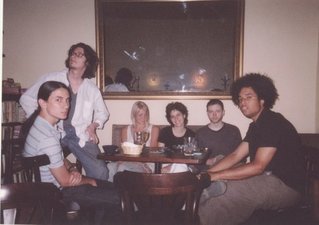
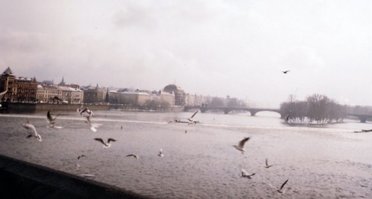
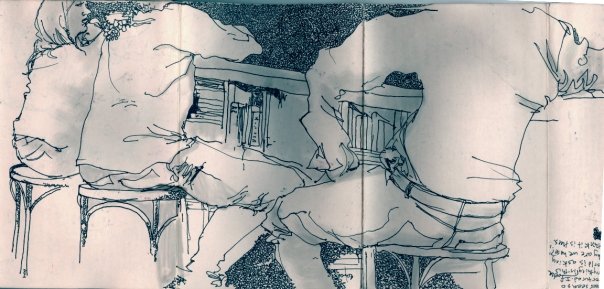
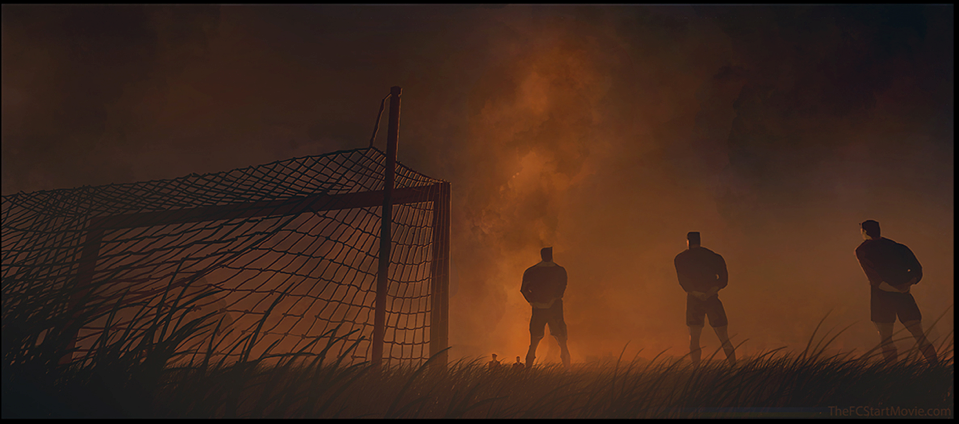
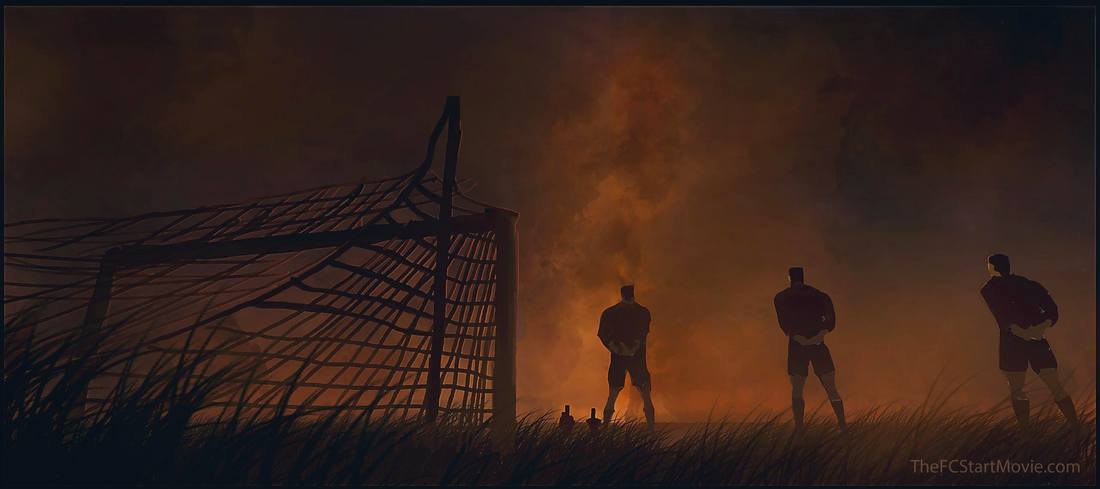
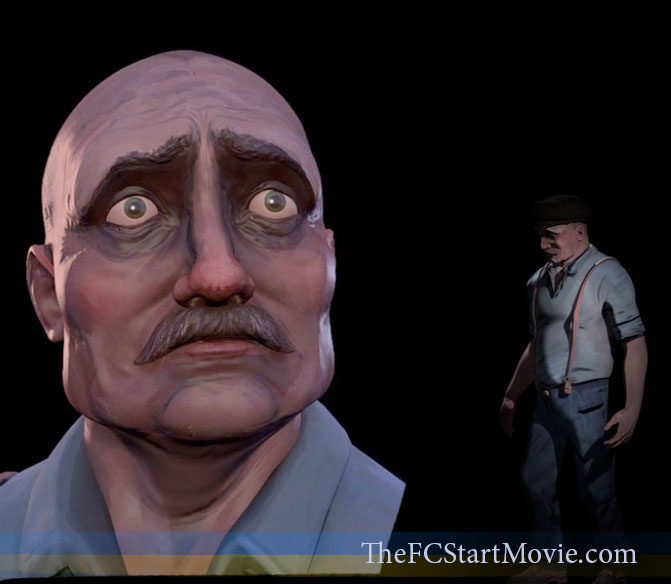
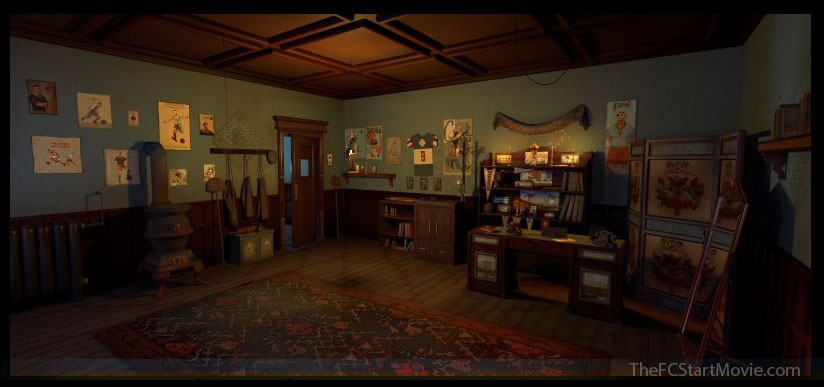
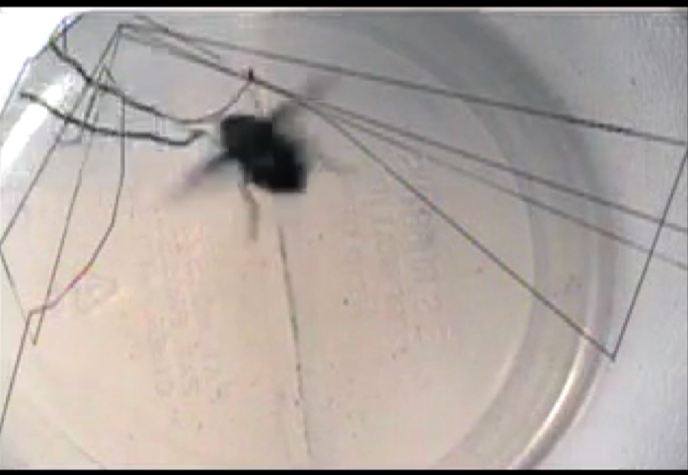

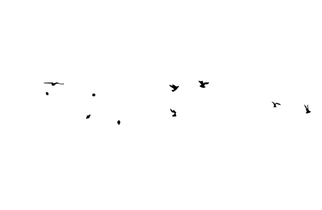
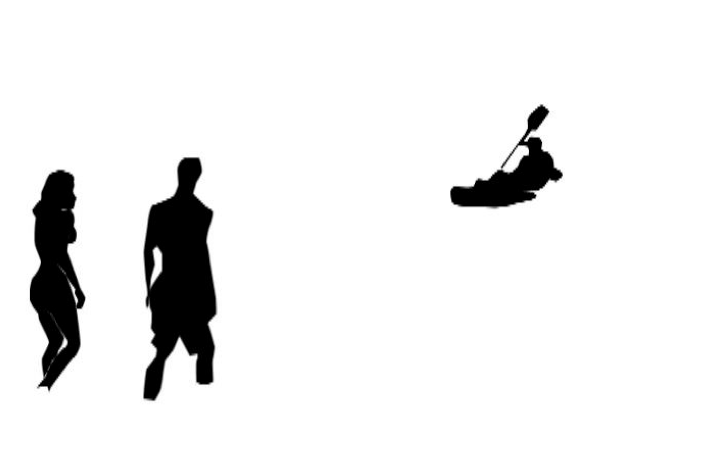

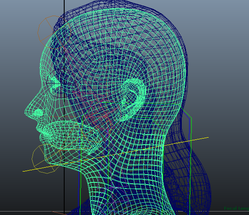
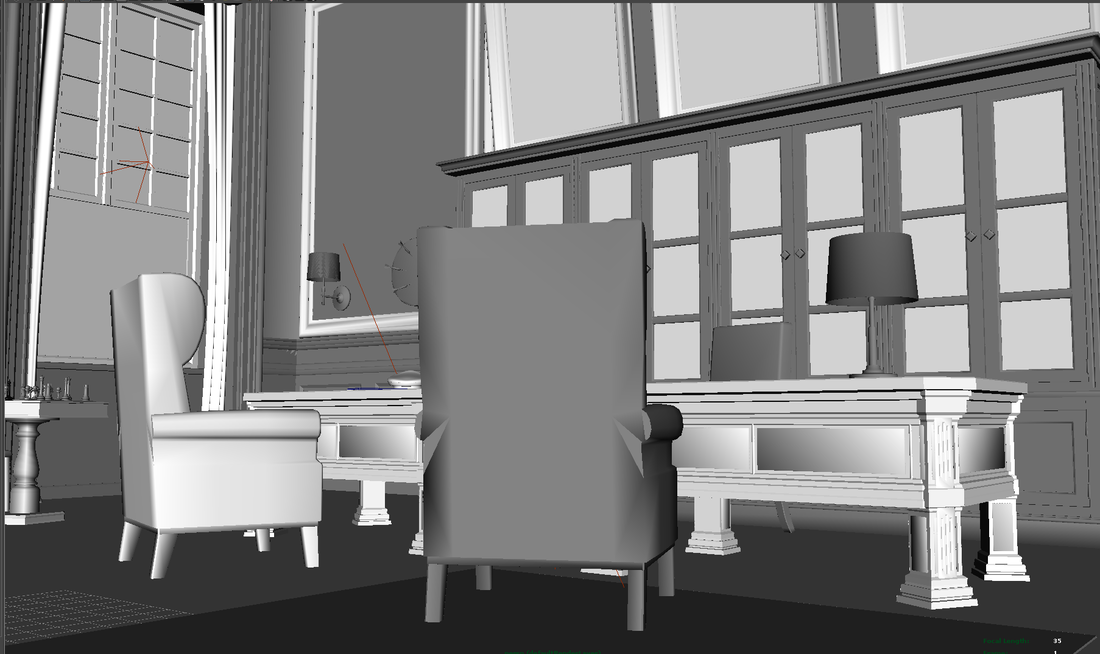
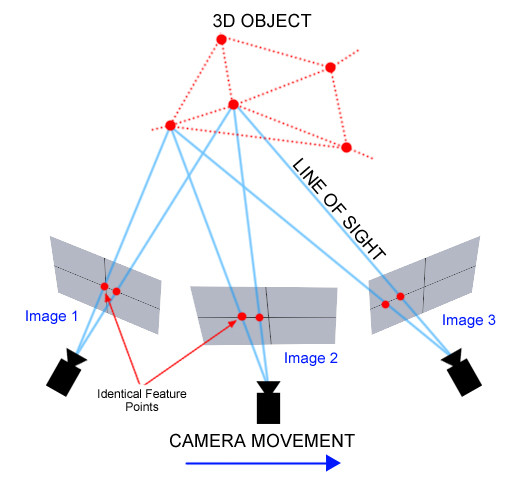
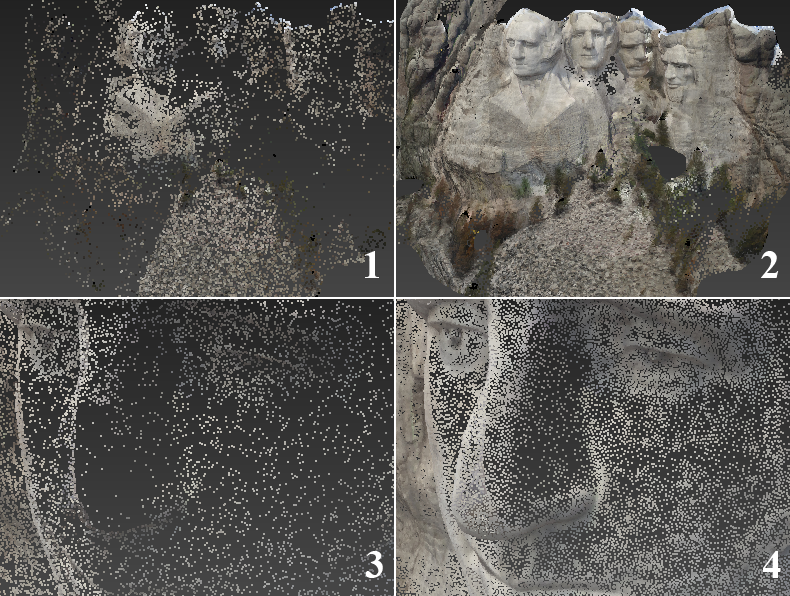
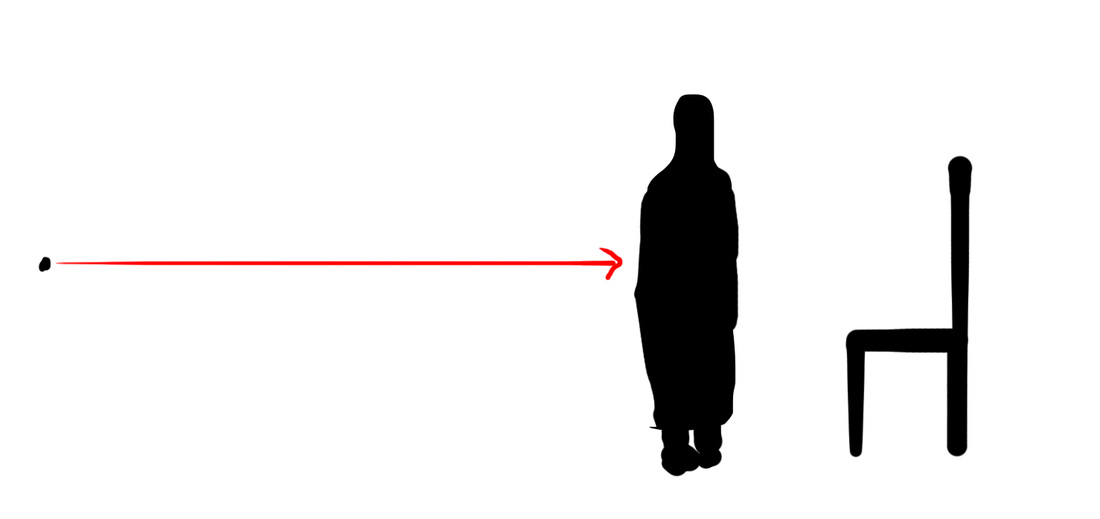
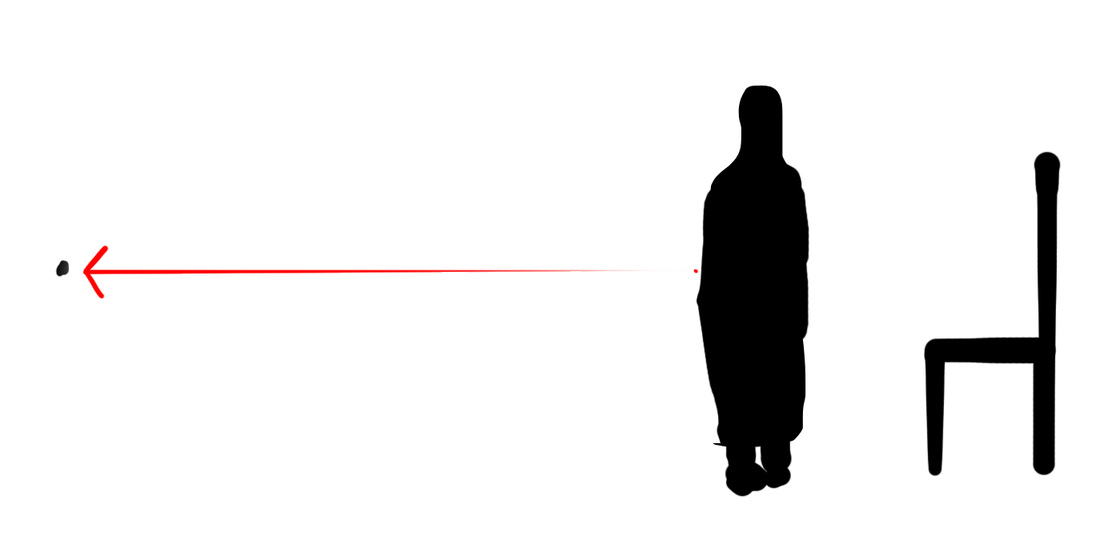
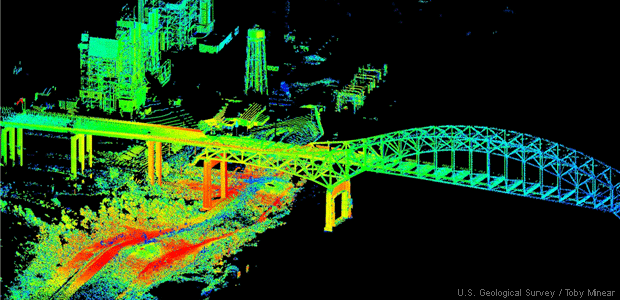

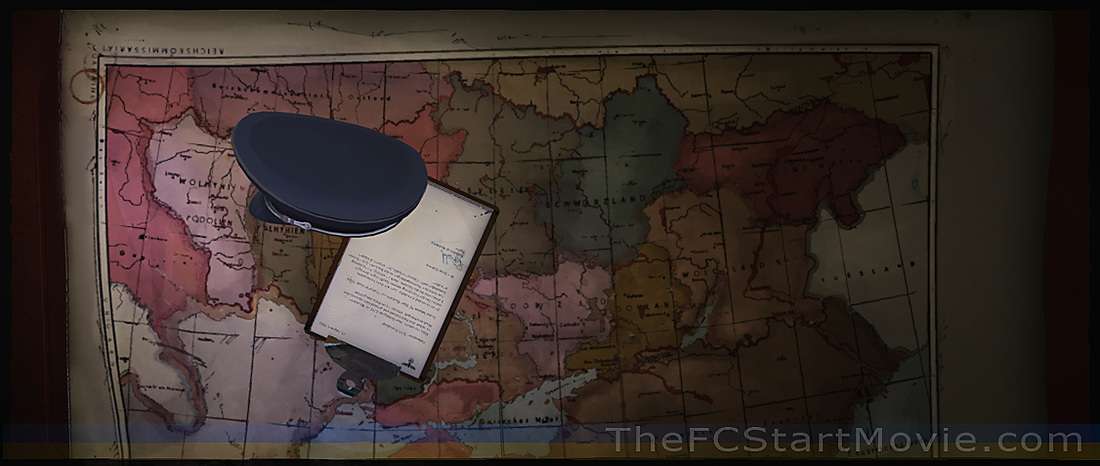
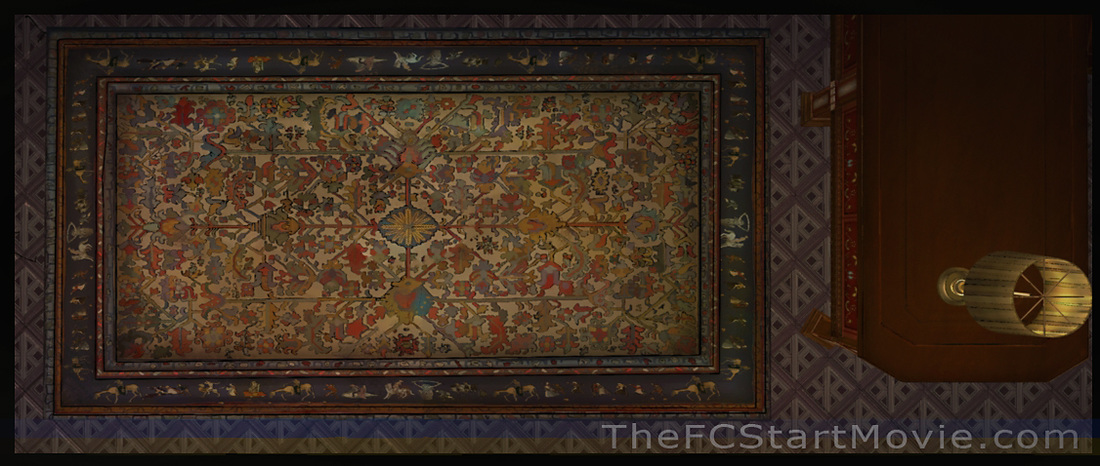
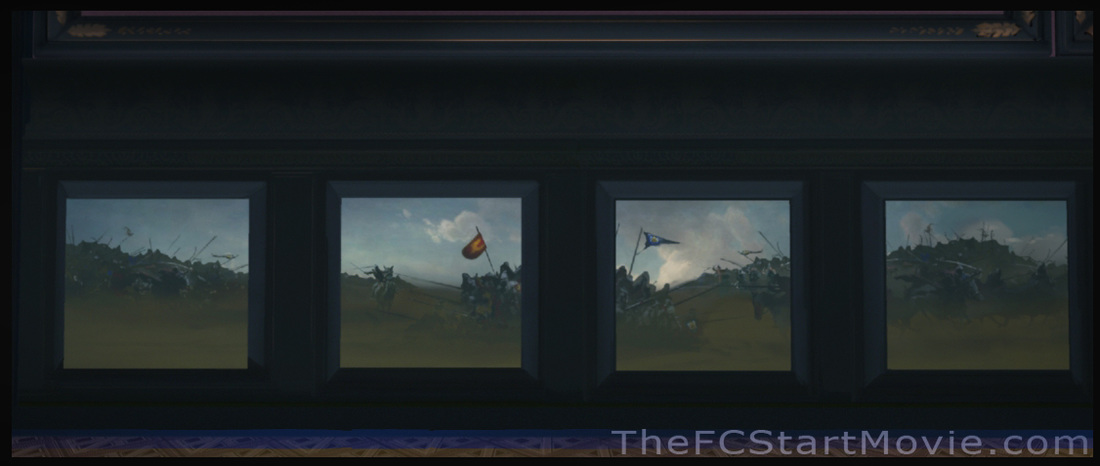
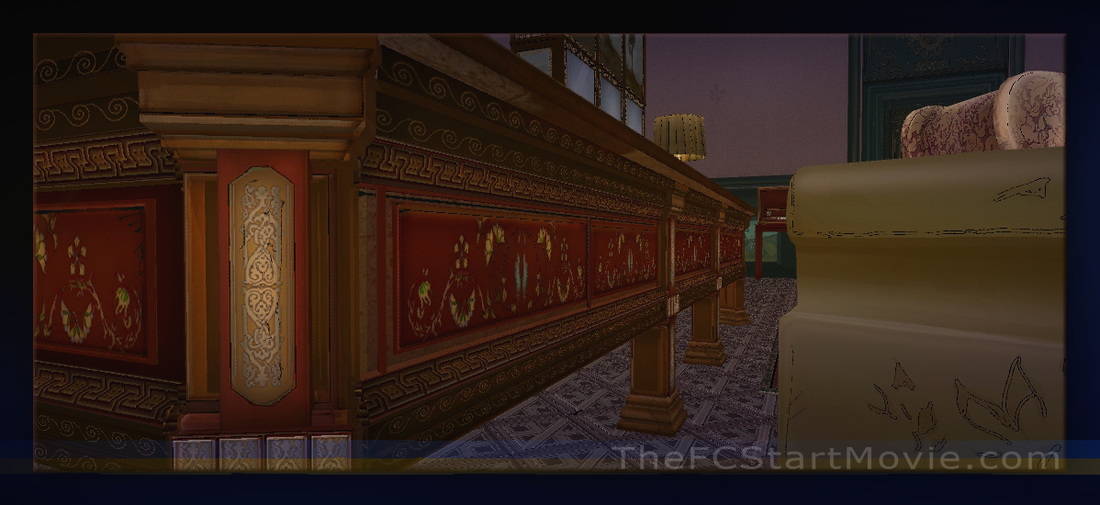
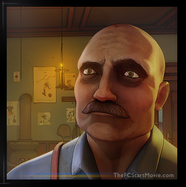
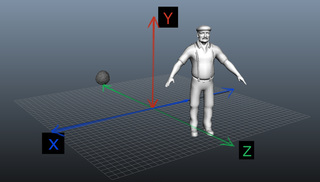
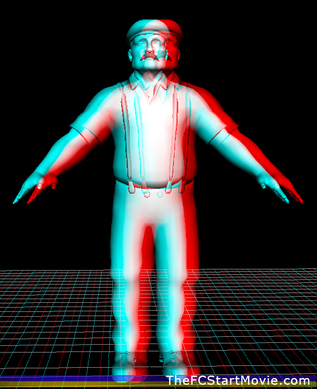
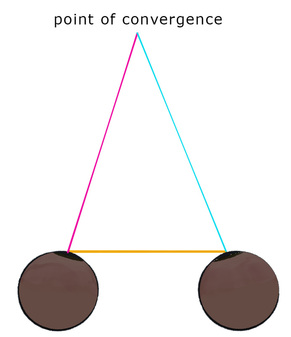
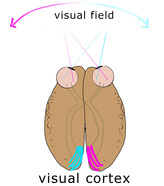
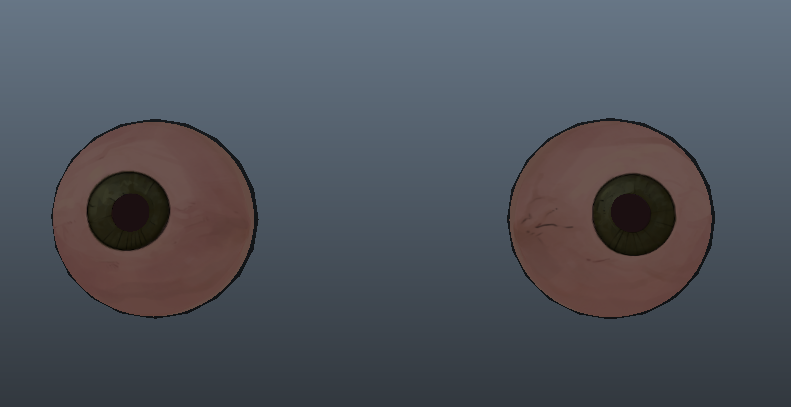
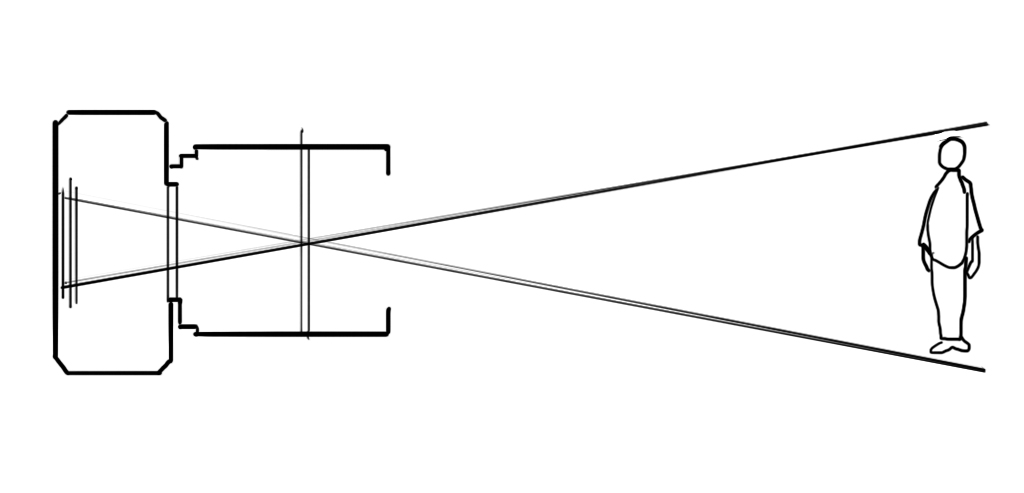
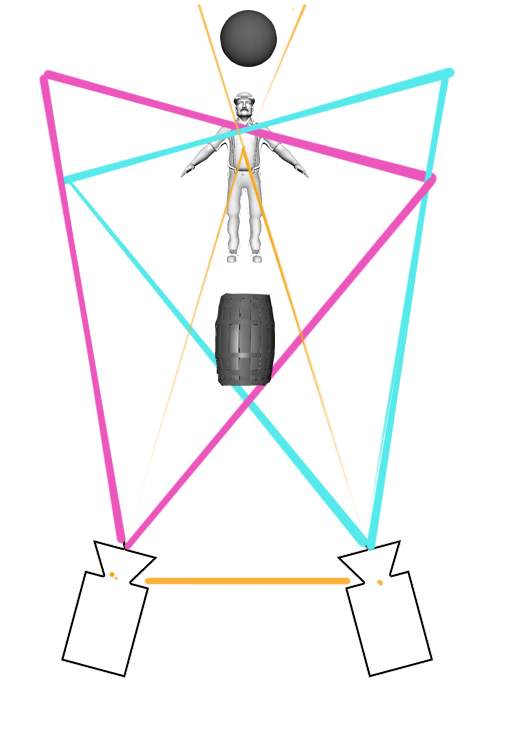
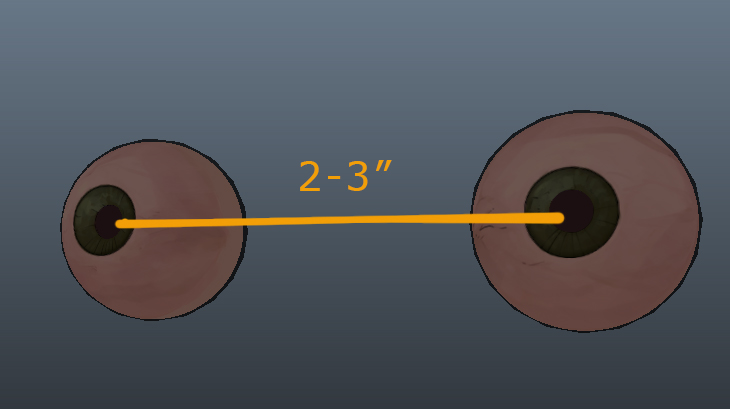
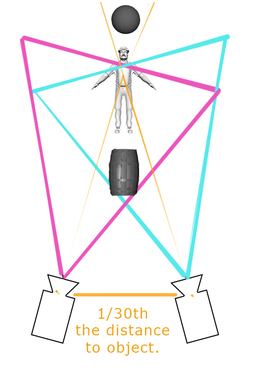
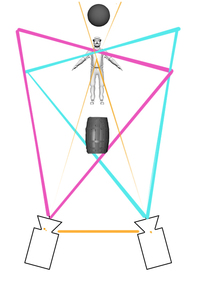
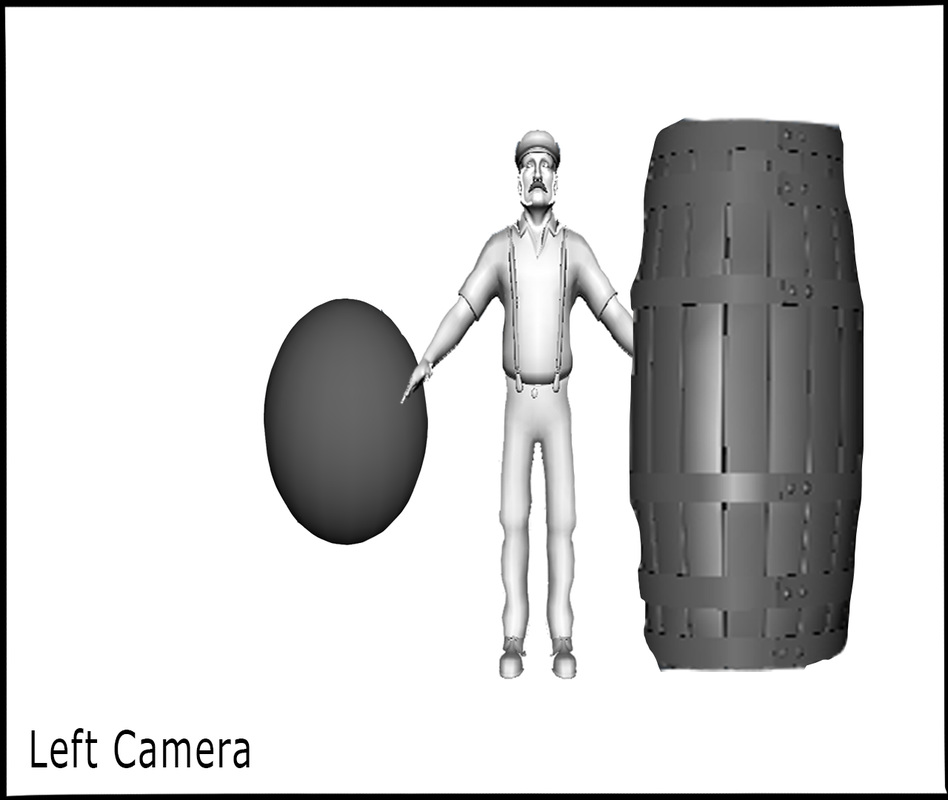
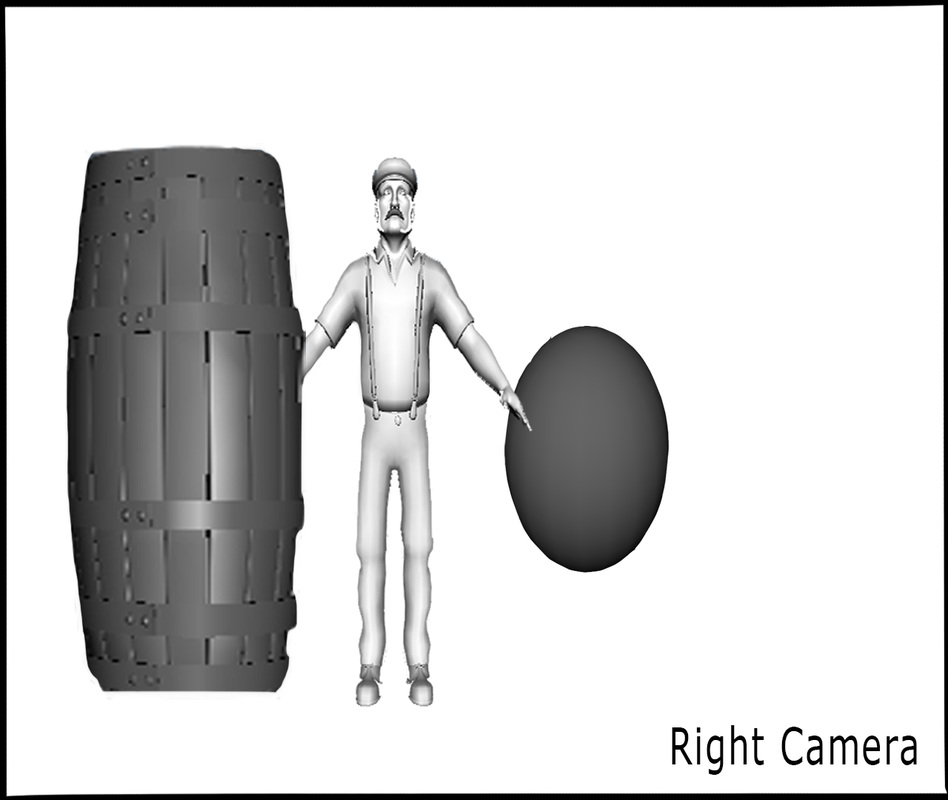
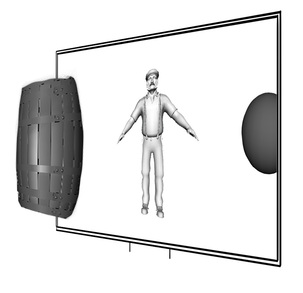
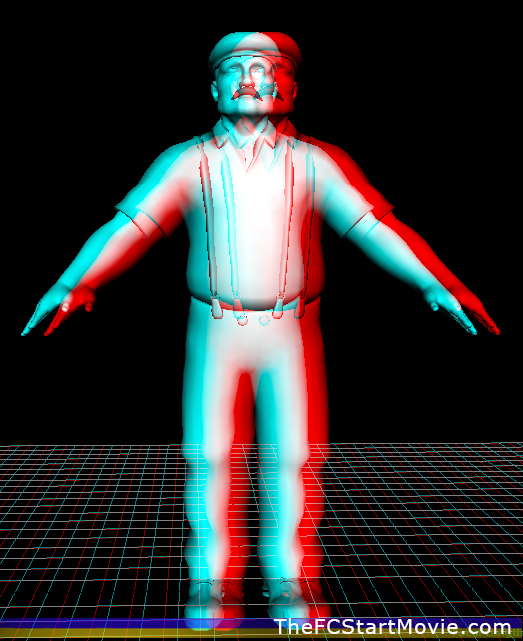
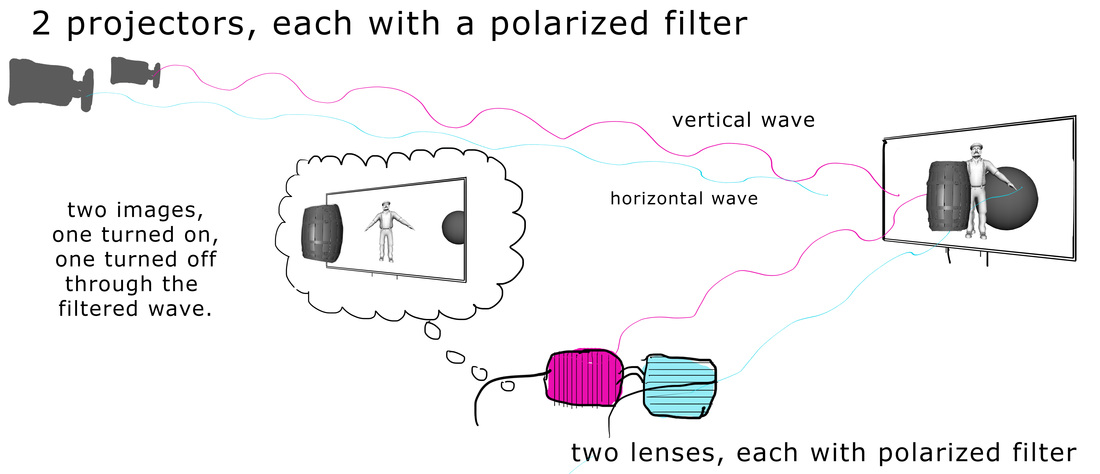
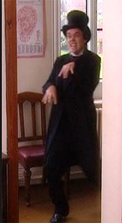
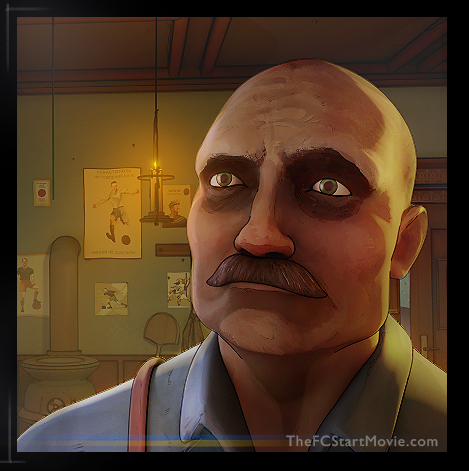


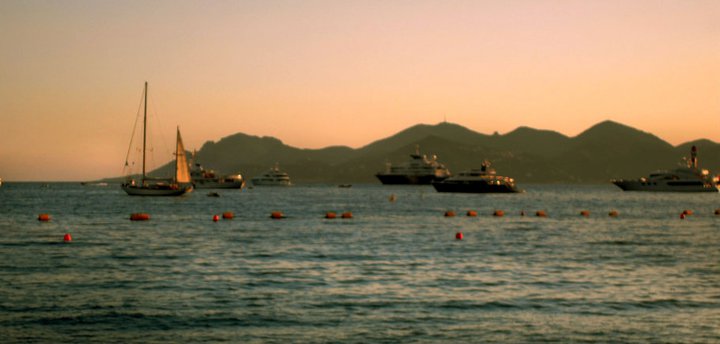
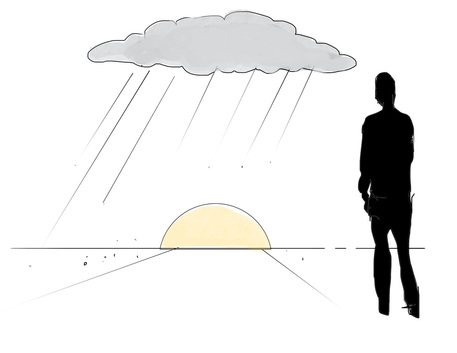

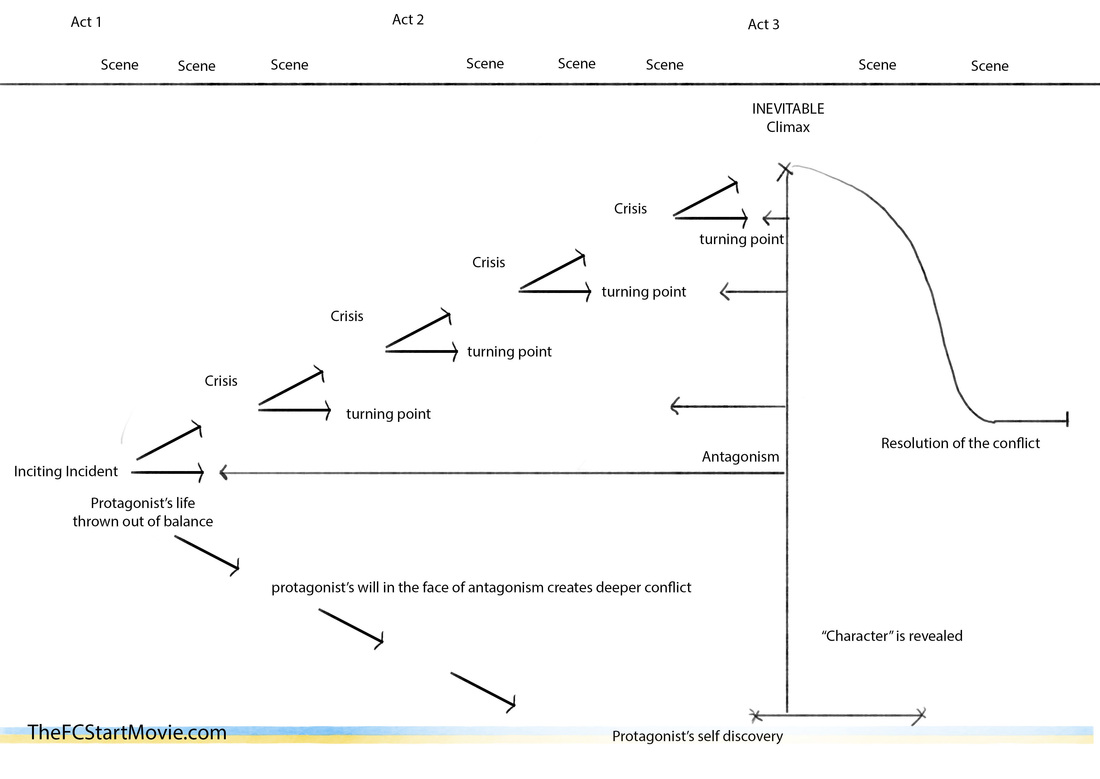
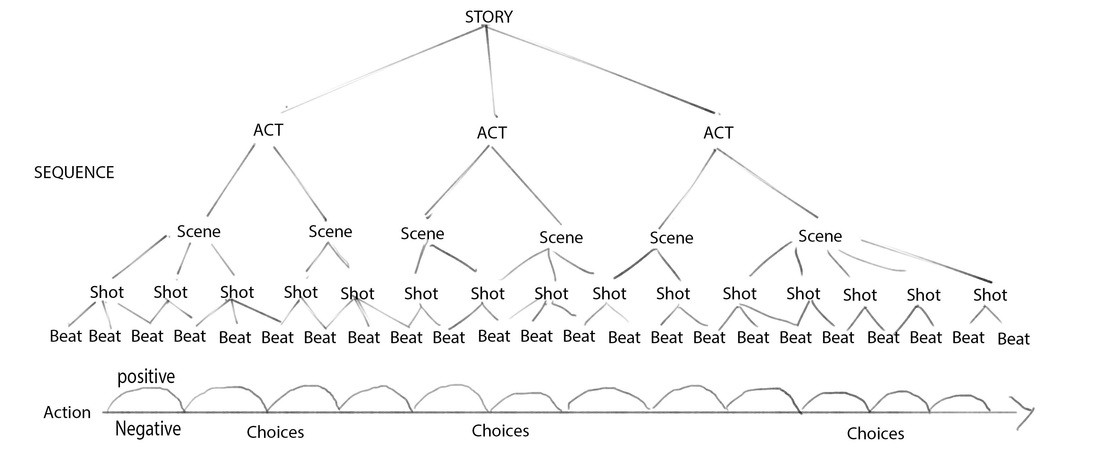
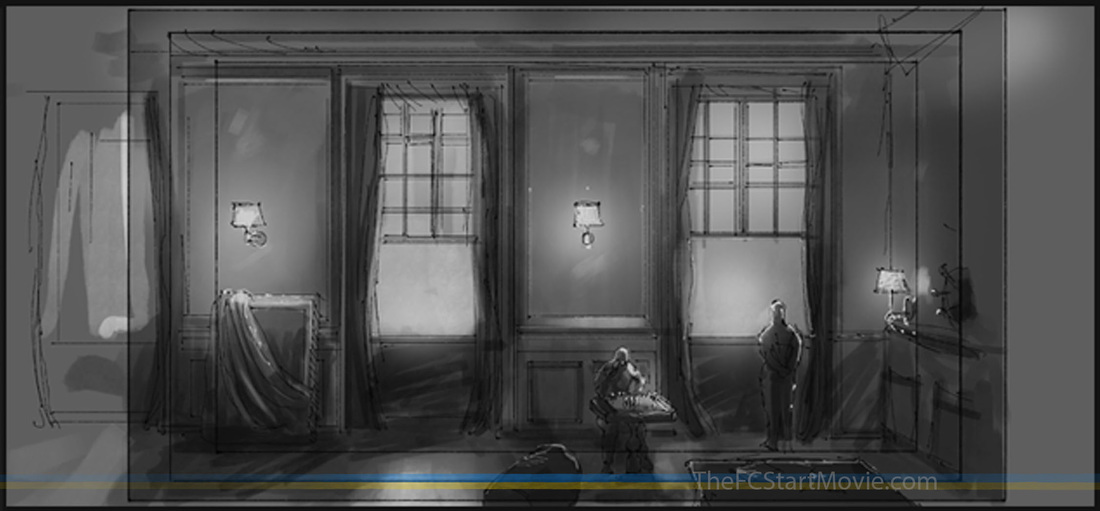
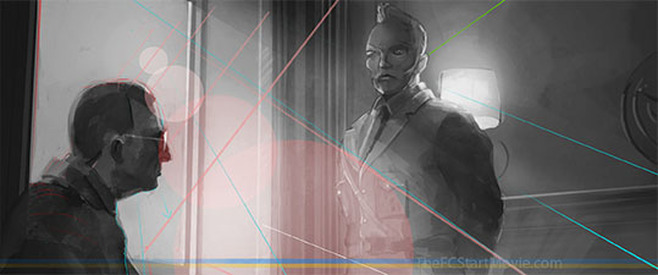
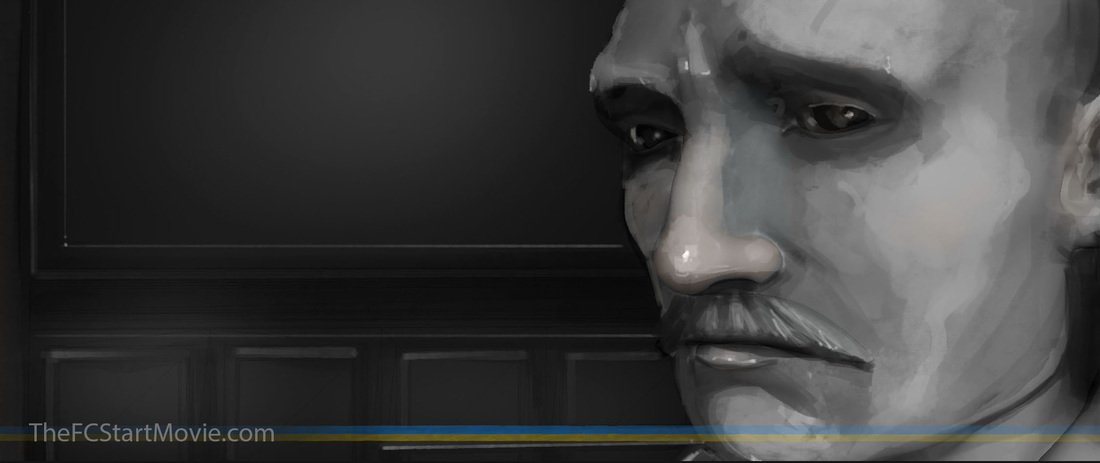

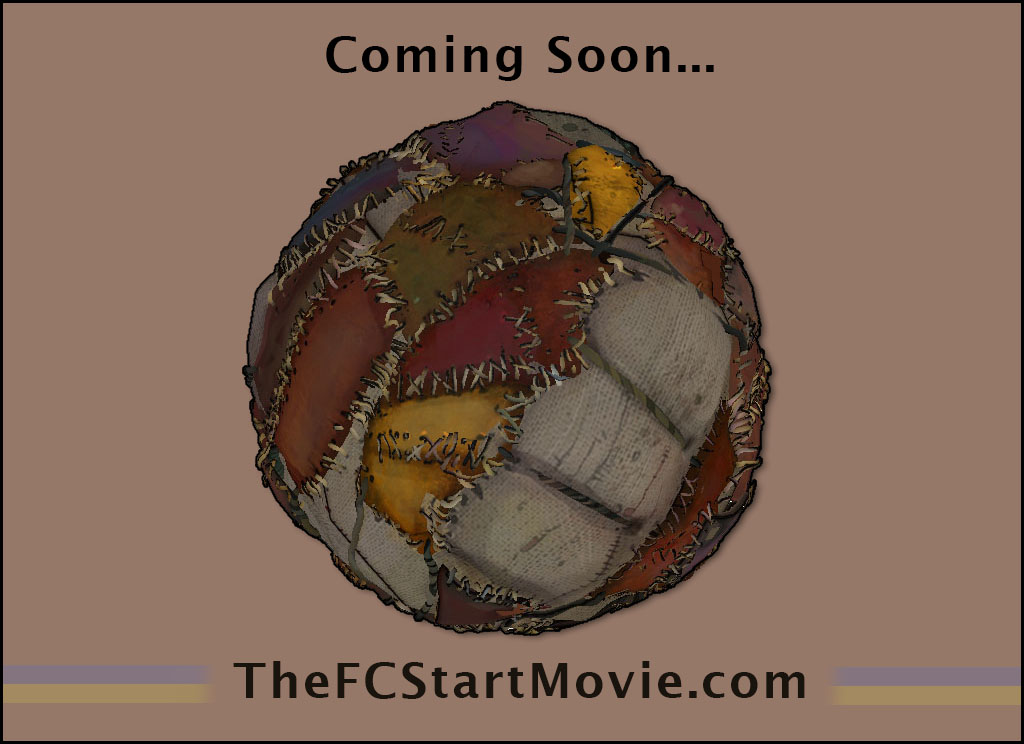
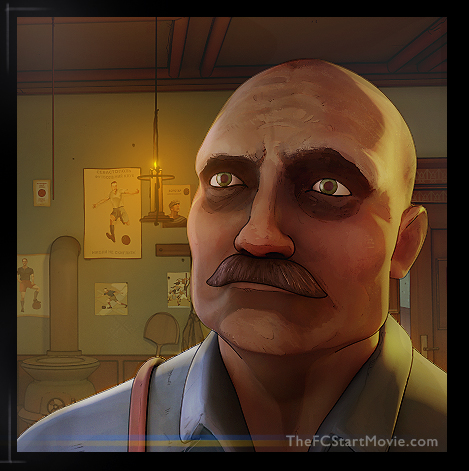
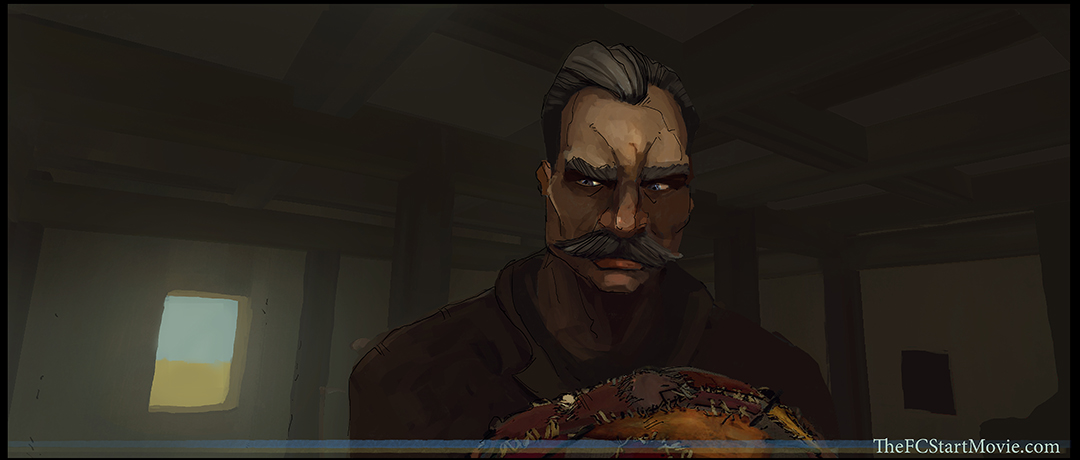
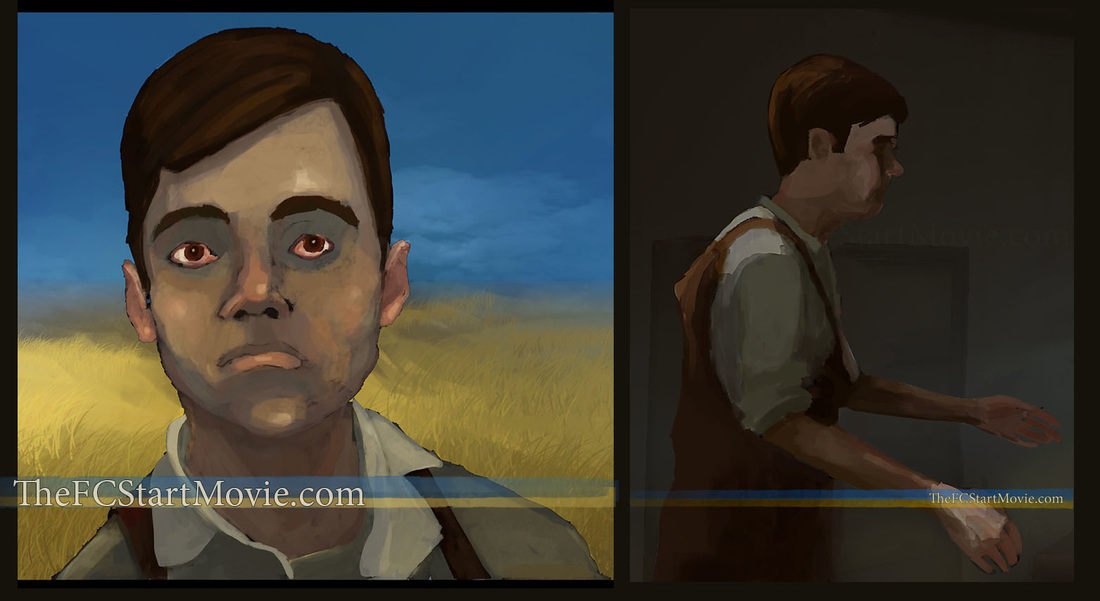

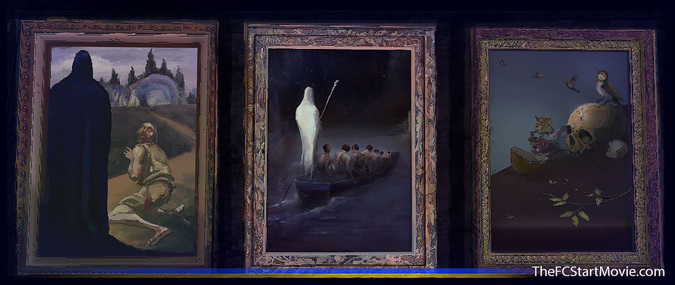
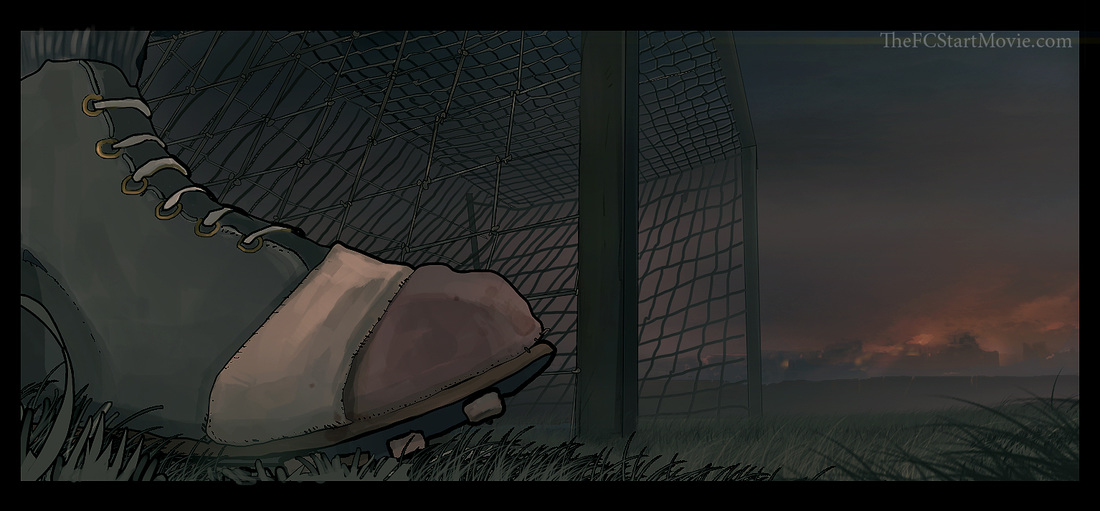
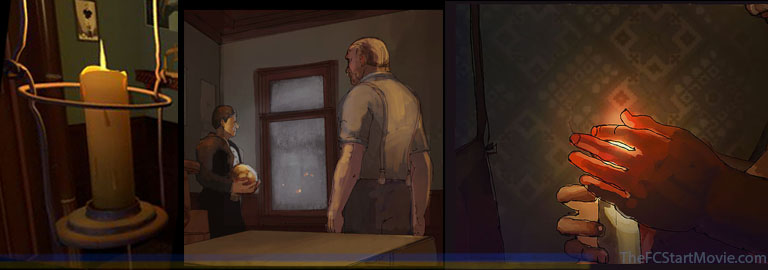
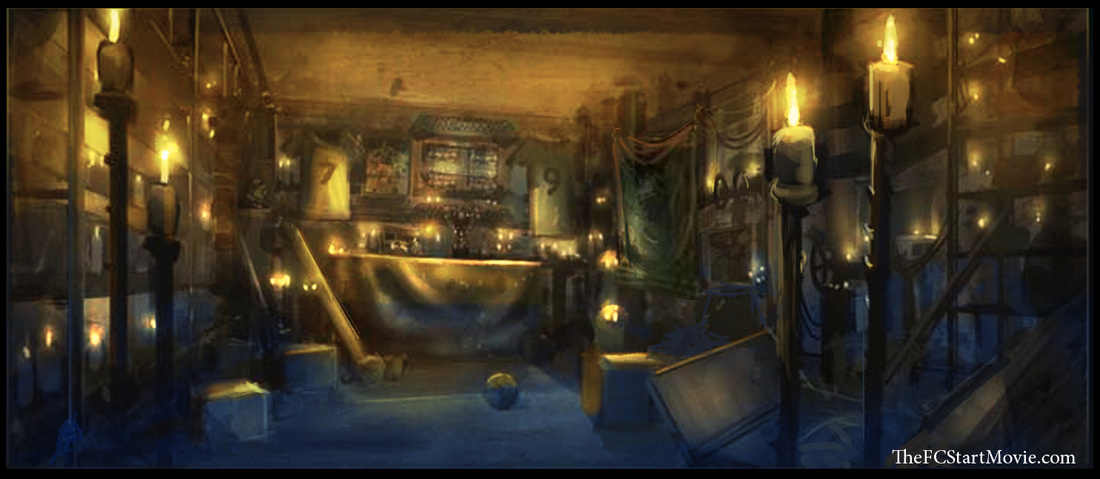
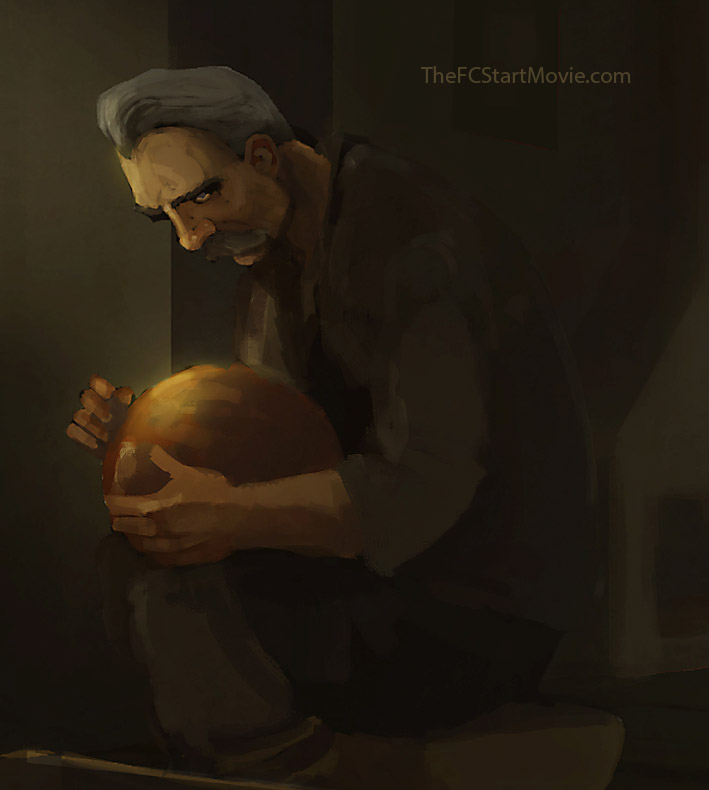
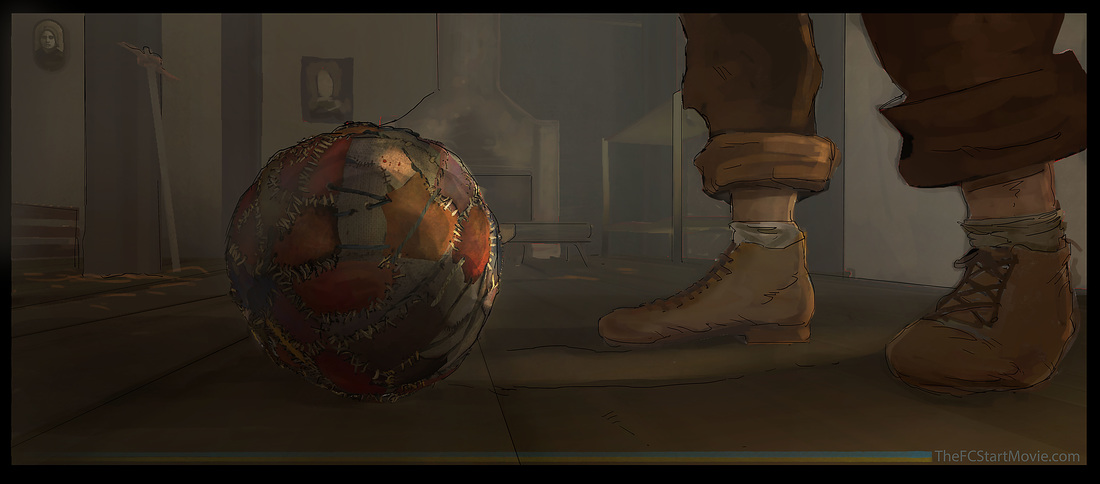
 RSS Feed
RSS Feed

